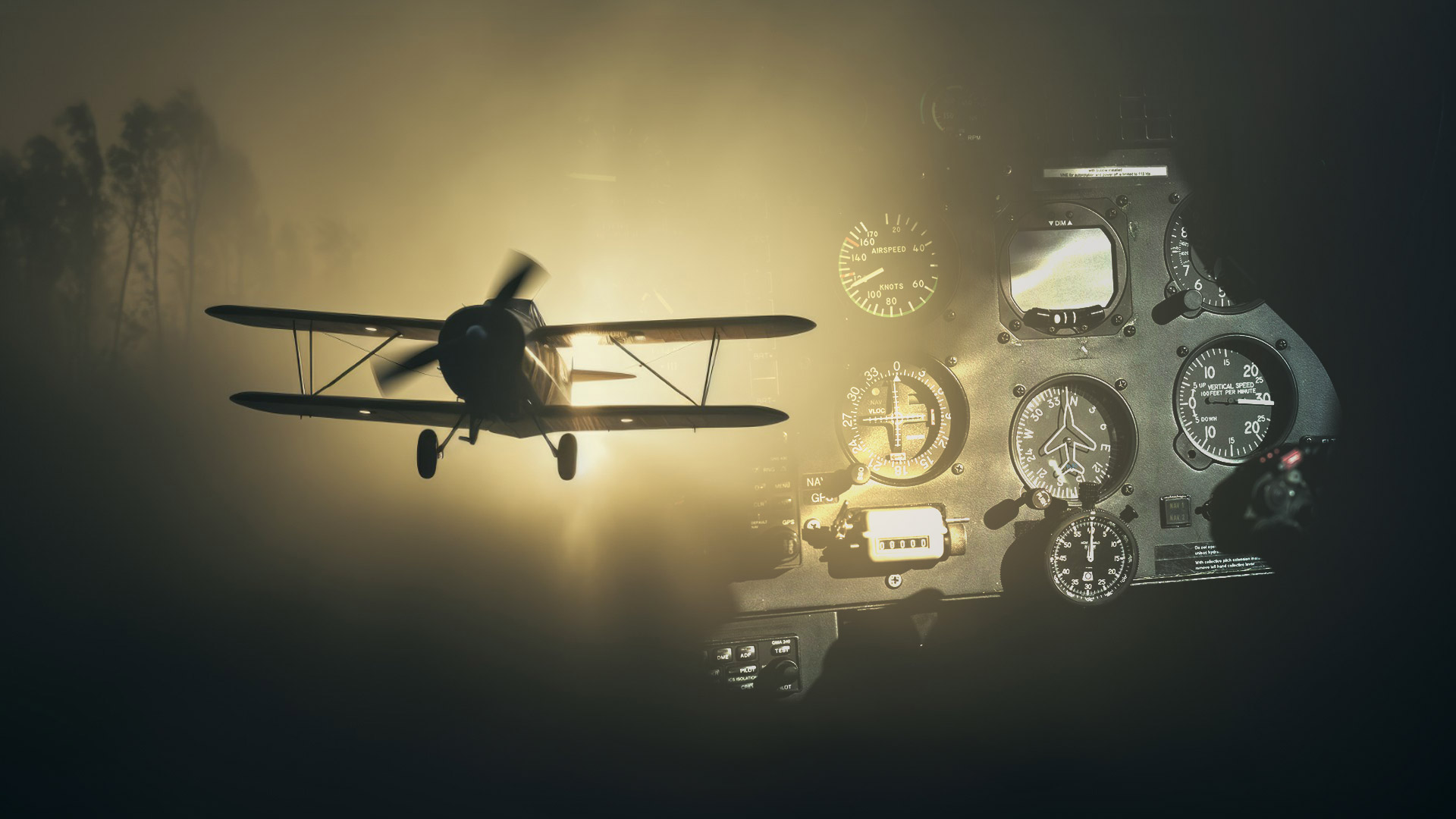In instrument flight, pilots utilize onboard instruments for navigation, especially crucial in challenging conditions where external visuals are limited or obscured. As aviation evolved, this method, driven by both the need for safety and advancements in technology, necessitated rigorous training to ensure pilot proficiency.
Definition
Flying by Instruments: Piloting an aircraft by depending on the aircraft’s instruments rather than external visual references.
Importance of Instrument Flight and Challenges of Visual Navigation
- As aviation expanded to longer distances, higher altitudes, and night flights, visual navigation had its limitations.
- One major challenge of visual flight is Spatial disorientation, where a pilot’s perception of direction conflicts with reality.
- Instrument flight provides reliable data independent of external visual cues, mitigating such challenges.
Technological Evolution and Primary Flight Instruments
Over the years, aviation instruments transitioned from basic tools to advanced digital avionics, enhancing flight safety and efficiency.
- Altimeter: Provides altitude measurements.
- Airspeed Indicator: Measures aircraft speed.
- Attitude Indicator: Displays aircraft’s orientation.
- Heading Indicator: Indicates aircraft’s compass direction.
- Turn Coordinator: Monitors rate and direction of turns.
- Vertical Speed Indicator: Shows climb or descent rate.
Historical Impact
The evolution of instrument flight broadened aviation horizons, allowing flights in diverse conditions and enhancing safety.
Navigation Instruments
- Very High Frequency (VHF) Omnidirectional Range (VOR): A radio system for position and course.
- Global Positioning System (GPS): Offers accurate global positioning.
- Automatic Direction Finder (ADF): Points to a selected radio beacon.
- Instrument Landing System (ILS): Uses radio signals for precise landing guidance.
Flight Director System
Combines data from various instruments to provide flight commands.
Autopilot
Controls the flight trajectory automatically.
Pitot-Static System
Uses air pressure differences for instruments like the altimeter and airspeed indicator.
Flight Training and Regulations
- Specialized training for interpreting and relying on instrument readings.
- Transitioning from Visual Flight Rules (VFR) to Instrument Flight Rules (IFR) is vital in conditions like heavy fog.
- To fly under IFR, pilots need an instrument rating.
Safety and Redundancy
Modern aircraft have backup systems for essential instruments.





